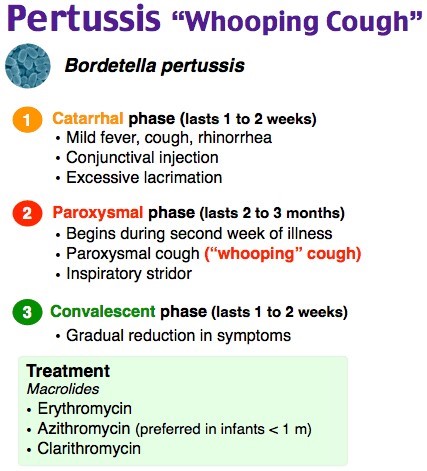A nurse is caring for a client who is in bed and begins experiencing a tonic-clonic seizure.
Which of the following actions should the nurse take?
- Lower the side rails of the bed when the seizure begins.
- Measure the duration of the seizure.
- Restrain the client's arms and legs to prevent injury.
Insert an oral airway into the client's mouth.
Lower the side rails of the bed when the seizure begins.
Measure the duration of the seizure.
Restrain the client's arms and legs to prevent injury.
Insert an oral airway into the client's mouth.
The Correct Answer is B
Lowering the side rails of the bed could lead to the client falling from the bed. Instead raise the side rails and place padding on them.
Measuring the seizure duration is a crucial step for medical evaluation afterwards necessary for determining intervention.
Inserting an oral airway into the client's mouth is not indicated during a tonic-clonic seizure. It is generally not recommended to place any objects or devices into the mouth of a person having a seizure, as it can potentially cause injury to the person or damage to the airway.

Nursing Test Bank
Naxlex Comprehensive Predictor Exams
Related Questions
Correct Answer is ["A","B","C","D"]
Explanation
Provide the client with written information about advance directives: It is important for the nurse to educate the client about advance directives, their purpose, and how they can make informed decisions about their healthcare.
Instruct the client that an advance directive is a legal document and must be honored by care providers: The nurse should explain to the client that an advance directive is a legally binding document that guides healthcare decisions, and it must be respected and followed by healthcare providers.
Communicate advance directives status via the medical record and shift report: The nurse should ensure that the client's advance directives status is accurately documented in the medical record and communicated to other members of the healthcare team during shift handoffs. This helps ensure that the client's wishes are known and respected by all involved in their care.
Initiate a power of attorney for health care document: The nurse can assist the client in initiating a power of attorney for healthcare document if the client wishes to appoint someone as their healthcare proxy or agent. This document designates someone to make medical decisions on behalf of the client if they become unable to do so.
The other options listed are not appropriate or accurate in relation to the responsibilities of the nurse regarding advance directives:
Document that the provider discussed-do-not-resuscitate status with the client: While discussing do-not-resuscitate (DNR) status may be part of the advance care planning process, it is not directly related to advance directives as a whole.
Inform the client that an advance directive discontinues further care: This statement is incorrect and misleading. An advance directive does not automatically discontinue care but rather guides the provision of care according to the client's wishes.
Correct Answer is C
Explanation
When collecting data from a child with pertussis (whooping cough), the nurse should expect the following manifestations:
- Paroxysmal cough: The hallmark symptom of pertussis is a severe, uncontrollable cough that often occurs in bursts (paroxysms) followed by a characteristic "whooping" sound as the child inhales.
- Posttussive vomiting: The coughing spells can be so severe that they may lead to vomiting.
- Inspiratory whoop: As mentioned earlier, during the inhalation phase after a coughing episode, the child may make a distinctive whooping sound.
- Cyanosis: The prolonged coughing episodes can sometimes cause the child's face to turn blue (cyanosis) due to inadequate oxygen intake.
- Fatigue and exhaustion: The frequent and intense coughing episodes can be exhausting for the child, leading to fatigue and sleep disturbances.
Other possible manifestations of pertussis can include a mild fever, runny nose, and sneezing. However, these symptoms are less specific to pertussis and can be seen in other respiratory infections as well.

The manifestations listed in the question (beefy, red tongue; facial erythema; peeling of the hands and feet) are not typically associated with pertussis and may be indicative of other conditions or diseases. It is important to consult a healthcare provider for a proper evaluation and diagnosis.
Whether you are a student looking to ace your exams or a practicing nurse seeking to enhance your expertise , our nursing education contents will empower you with the confidence and competence to make a difference in the lives of patients and become a respected leader in the healthcare field.
Visit Naxlex, invest in your future and unlock endless possibilities with our unparalleled nursing education contents today
Report Wrong Answer on the Current Question
Do you disagree with the answer? If yes, what is your expected answer? Explain.
Kindly be descriptive with the issue you are facing.
